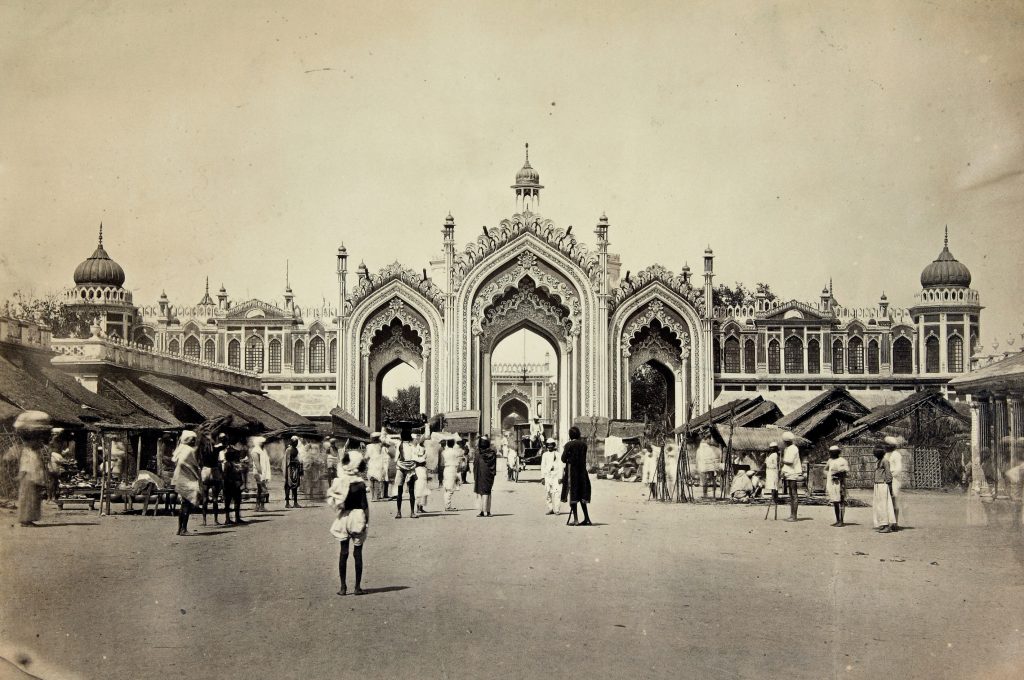Co-curated with Dr. Zehra Jumabhoy
Exhibition Opening, Friday 23.05.25, 17:30 – 20:00
23.05.25 – 02.11.25
If India was the Jewel in the Imperial Crown, could we argue that Wales was England’s first colony? How should Britain deal with its colonial past – internal and external? As Wales struggles for its identity within ‘British-ness’, how should it acknowledge the way it contributed to, benefited from and, even, suffered for Britain’s Imperial ambitions? Are there meaningful comparisons to be drawn with the Indian experience? What do the Indian Tiger and the Welsh Dragon share in common vis-à-vis the Lion of Britannia?

South Asia and Wales have had a long – if not always cordial – liaison, stretching back to the earliest years of Britain’s socio-political infiltration of the Subcontinent. As the recent controversy about Robert Clive (aka Clive of India) and his resplendent bronze statue in London’s Whitehall makes clear, Wales’ part in Empire warrants urgent examination. After all, the Clives’ were central to kick-starting the British Empire in India, and their subsequent accumulation of a substantial collection of colonial ‘booty’ – including the fabled treasures of the defeated ‘Tiger of Mysore’, Tipu Sultan – resides at the edge of Wales: in Powis Castle.
The accumulation of ‘collections’ during the Age of Empire look controversial to contemporary eyes – but not all of them are cast in the same mould. In the 1870s, industrialist Richard Glynn Vivian – the fourth son of the owners of the most successful copper smelting plant in the world – took off from Swansea for foreign shores, equipped with a sketchbook and camera, wending his way to Madras, Bombay and Sri Lanka.
For many contemporary art historians and politicians, India’s national struggles provide an inspiration for Wales’ quest for freedom. While this exhibition takes no sides politically – it seeks to join the dots between India and Wales, to explore imperial connections as well as probe national equivalences between the Welsh Dragon and ‘Indian’ Tiger.
Tigers and Dragons has both a historical and contemporary element – it examines the past, while forging a future. It spotlights Wales-based practitioners alongside art from South Asia and its diasporas, it will serve as a platform for debates about ‘British’ heritage, imperialism, decolonization – and competing nationalisms. The show will juxtapose South Asia’s historic fine art traditions (gleaned from the imperial encounter) alongside colonial-era art & artefacts with modern & contemporary paintings, sculptural installations and new media. Artworks will be sourced from private and national collections as well as special commissions.
Dr Zehra Jumabhoy is currently curatorial research fellow at the Glynn Vivian Art Gallery funded by the Paul Mellon Centre for British Art, working on a major project Imperial Subjects (Post) Colonial Conversations between Wales and South Asia.
She is a Lecturer in the History of Art at the University of Bristol. She is a UK-based art critic, curator and art historian specializing in modern & contemporary art with a decolonizing focus. She was the Steven and Elena Heinz Scholar at the Courtauld Institute of Art, London, where she completed her doctorate on contemporary Indian art, nationalism and postcolonial theory. Her book, The Empire Strikes Back: Indian Art Today, was published by Random House, London, in 2010.

 New opportunity – Glynn Vivian Associate Artist
New opportunity – Glynn Vivian Associate Artist
